Ladakh is a completely different, utterly unique region quite unlike the other parts of the country and a very distinct portion of our Northern-most state; most of it well over 3000 mt above sea level. My week-long visit to Ladakh revealed this high altitude frozen desert as utterly breathtaking; a beautiful and unforgettable experience. However, for a number of reasons I hope and wish that people should not visit Ladakh:
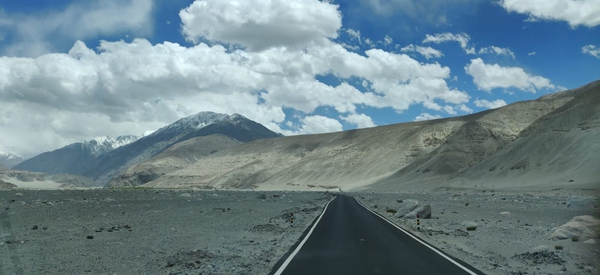
Ladakh roads (where they exist)
Most parts of Ladakh are remote and very difficult to access. While the Border Roads Organistion does an incredible job of making and maintaining roads (like the picture), there are many places where the roads simply disintegrate.
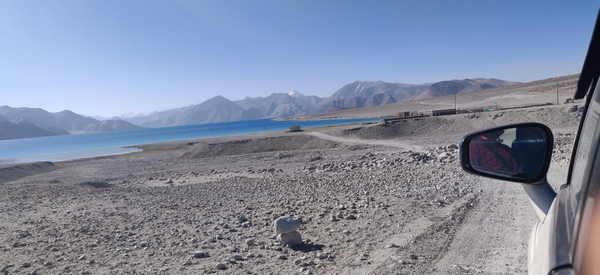
Dirt track from Pangong Tso to Tso Moriri
Travellers may not see another car for miles and miles. Entire mountainsides appear to be made up of sand and gravel and the apprehension of landslides is constant. There are also ‘roads’ that are no more than dirt tracks and one has to guess which way to go and the travel speed is about 10kmph.
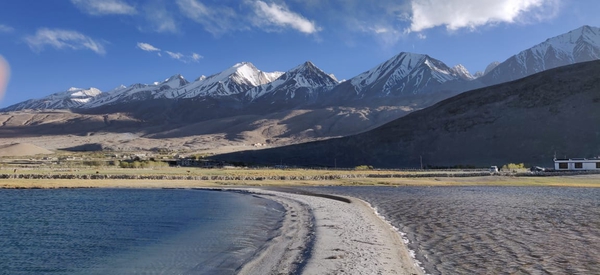
Pristine part of Pangong Tso
Most of Ladakh is difficult to access and as such is largely safe from the crass commercialisation that destroys most natural and historical attractions in India.
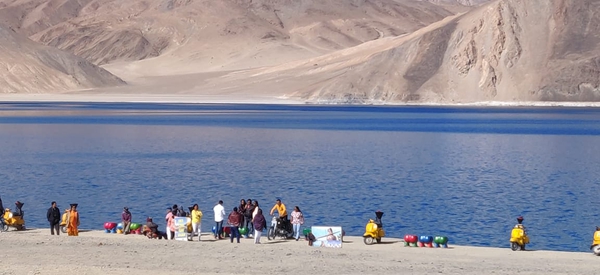
The 3 Idiots effect
For the longest time, no one had heard of Pangong Tso (lake); so its solitary splendor remained intact. And then 3 Idiots happened. Suddenly the buttocks benches, Priya's scooter and helmet materialised on the shores. Tented facilities mushroomed around the lake; the Indian tourist had arrived and the desecration of this pristineness was next.

Sand dunes in the Hunder valley
There are wide, utterly spectacular river valleys that crisscross Ladakh. Right next to the thin stream of Shyok or Nubra river, are pristine, windswept sand dunes – much like you would find in a remote part of the Thar desert. So don’t go expecting beautiful alpine vegetation. The only green you will see will be along the rivers or some clumps next to the trickling paths of water down mountainsides. The topography is awe-inspiring, stunningly colourful and ever-changing.
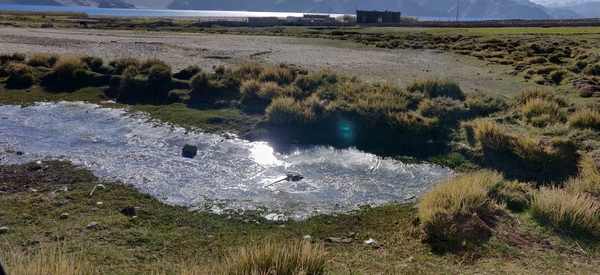
Frozen pools of water near Pangong Tso
It was ‘summer’ when we visited, however it was bitterly cold everywhere except in the city of Leh; and that was only because we had lovely sunshine each day we spent there. Leaving in the morning from Pangong Tso after a night spent at a homestay in the village Merak, the car wheels were crunching through puddles that had frozen over in the night.

Khardung La
If it is a bright, sunny day, you're good. But if it is cloudy and windy, that biting cold will literally take your breath away. At Khardung La, one of the highest motorable roads in the world, our car gauge showed -10 degrees.
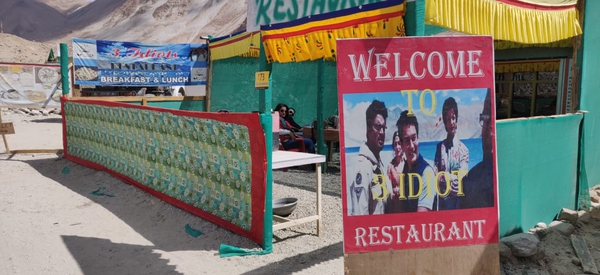
3 Idiots restaurant
No, that is not a good thing. I would have liked to have had local cuisine of the people. However, it was easier to find the generic food that we can expect to find in most Indian tourist locations. We had ‘fried rice’ and my girls had Maggi at this strangely named restaurant on the way to Pangong Tso. This is what tourism does to a place and I think it is a travesty.
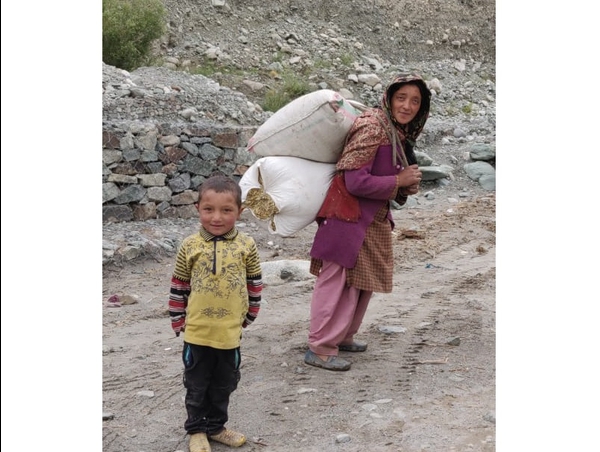
People of Ladakh en route to Turtuk
For most of the time we travelled across Ladakh there was no phone signal and so obviously no internet either. This little boy was delighted to see his photo on my phone. It was rare for him to see something like this.

Nomadic communities of Ladakh are sheep and yak herders
These simple, hardworking folk live their lives in tune with their natural surroundings – preserving, caring for and valuing their resources rather than exploiting them. Nomadic communities who rear sheep, yaks and other livestock live off the land; setting up home in rudimentary tents and then literally moving to greener pastures.

Leh market
The colourful market had local people out enjoying: girls in their school tracksuits, groups soaking in the sun, even an ongoing open-air chess game. The shopkeepers are not trying to fleece you and there is no pressure to buy. I hope that this remote, largely unexploited, stunning region continues to deter tourists; I hope it remains stark, forbidding, beautiful, unspoilt and uncrowded.
Do you have something interesting you would like to share? Write to us at [email protected]